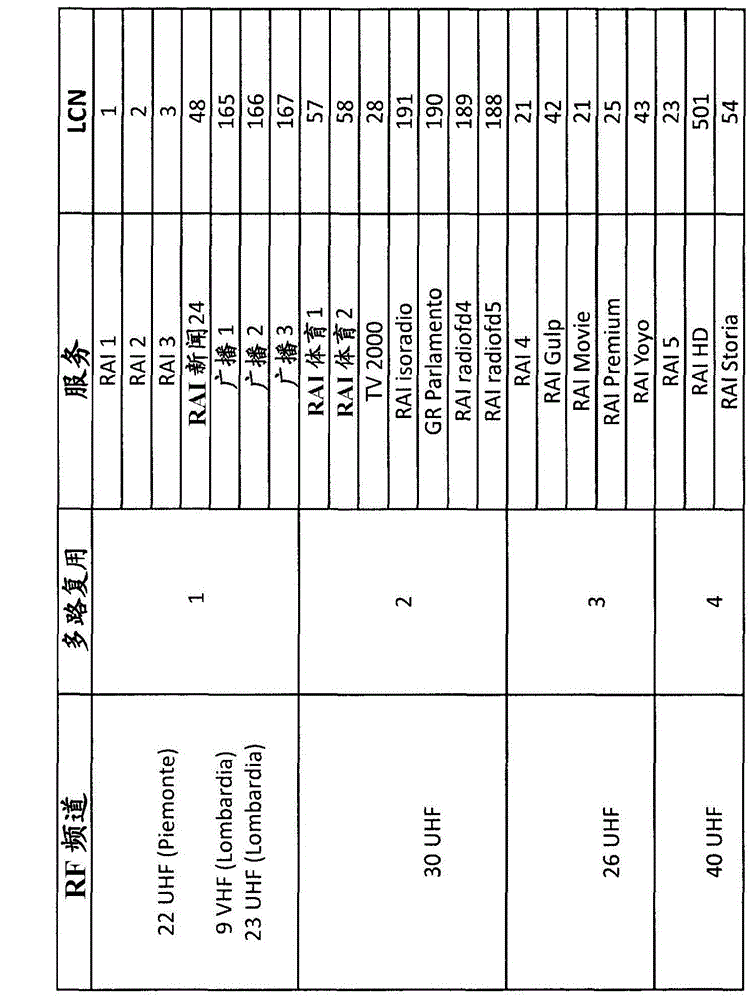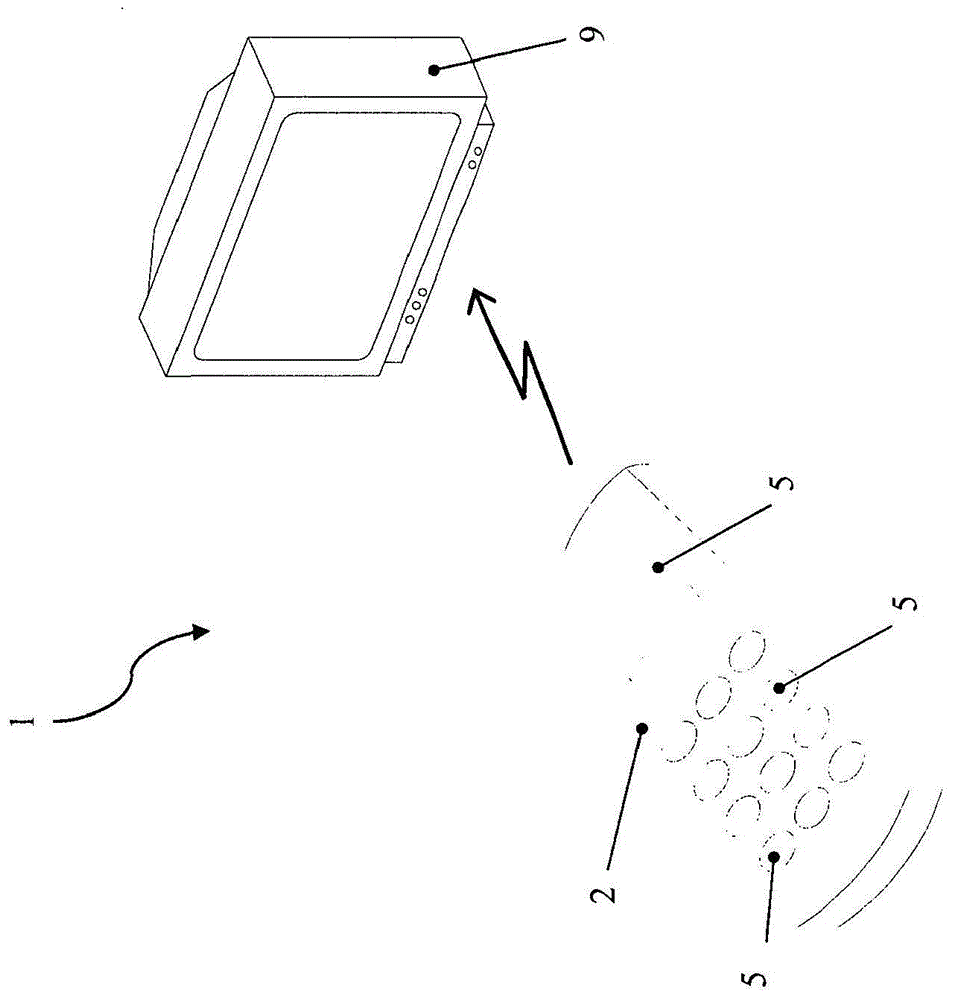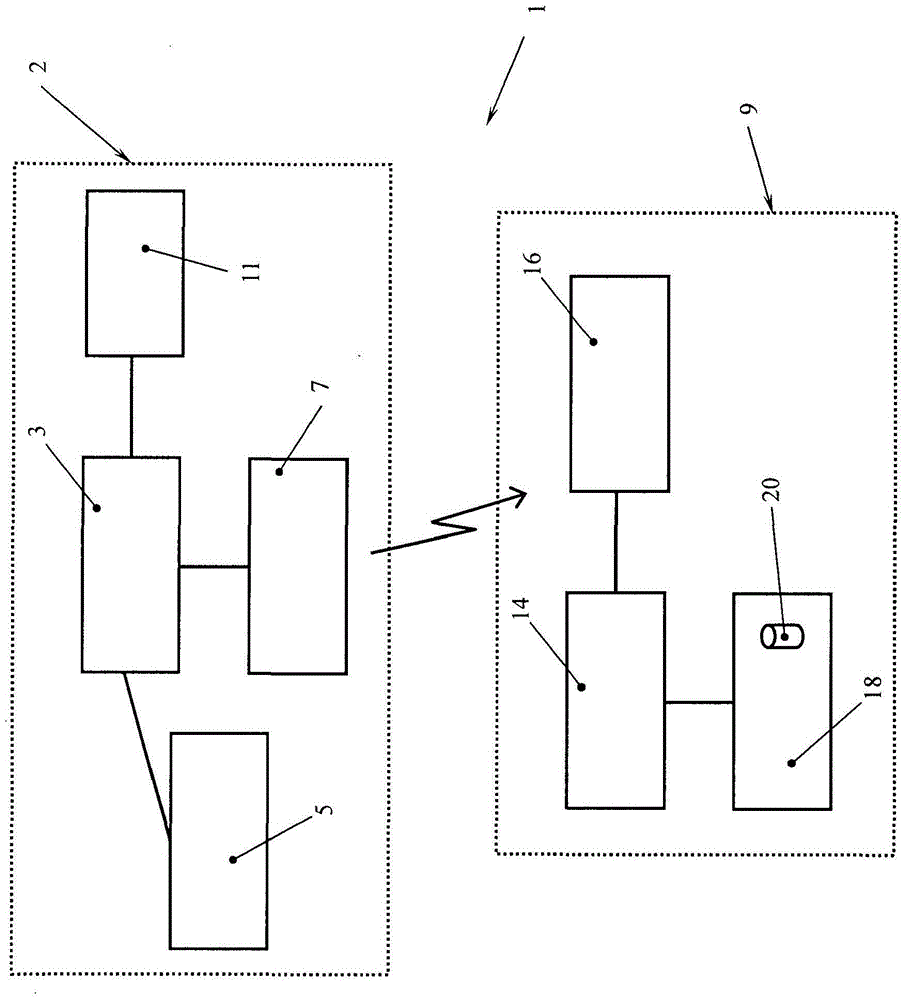Method, device and system for automatically managing and organizing the database of the LCN (Logical Channel Number)
A technology of logical channels and databases, applied in the field of navigation through radio and television services, can solve problems such as difficulty in searching
- Summary
- Abstract
- Description
- Claims
- Application Information
AI Technical Summary
Problems solved by technology
Method used
Image
Examples
Embodiment Construction
[0037] Some preferred embodiments of the present invention will be described and illustrated below with reference to the accompanying drawings. As will immediately become apparent, what is described herein may be subject to numerous variations and modifications (eg, in shape, size, arrangement, and parts having equivalent functions) without departing from the protection of the invention as set forth in the claims scope.
[0038] refer to figure 2 , shows a schematic diagram of a system 1 according to the invention, comprising a system 1 operatively connected to at least one broadcast television device 9 (shown here as a television, but of course any other device suitable for the purpose, such as a set-top box, video recorder, decoding remote control device 2 (shown here as a common remote control).
[0039] refer to image 3 , showing that according to the present invention figure 2 Overall block diagram of the main components of System 1. Firstly, it comprises a remote...
PUM
 Login to View More
Login to View More Abstract
Description
Claims
Application Information
 Login to View More
Login to View More - R&D
- Intellectual Property
- Life Sciences
- Materials
- Tech Scout
- Unparalleled Data Quality
- Higher Quality Content
- 60% Fewer Hallucinations
Browse by: Latest US Patents, China's latest patents, Technical Efficacy Thesaurus, Application Domain, Technology Topic, Popular Technical Reports.
© 2025 PatSnap. All rights reserved.Legal|Privacy policy|Modern Slavery Act Transparency Statement|Sitemap|About US| Contact US: help@patsnap.com



